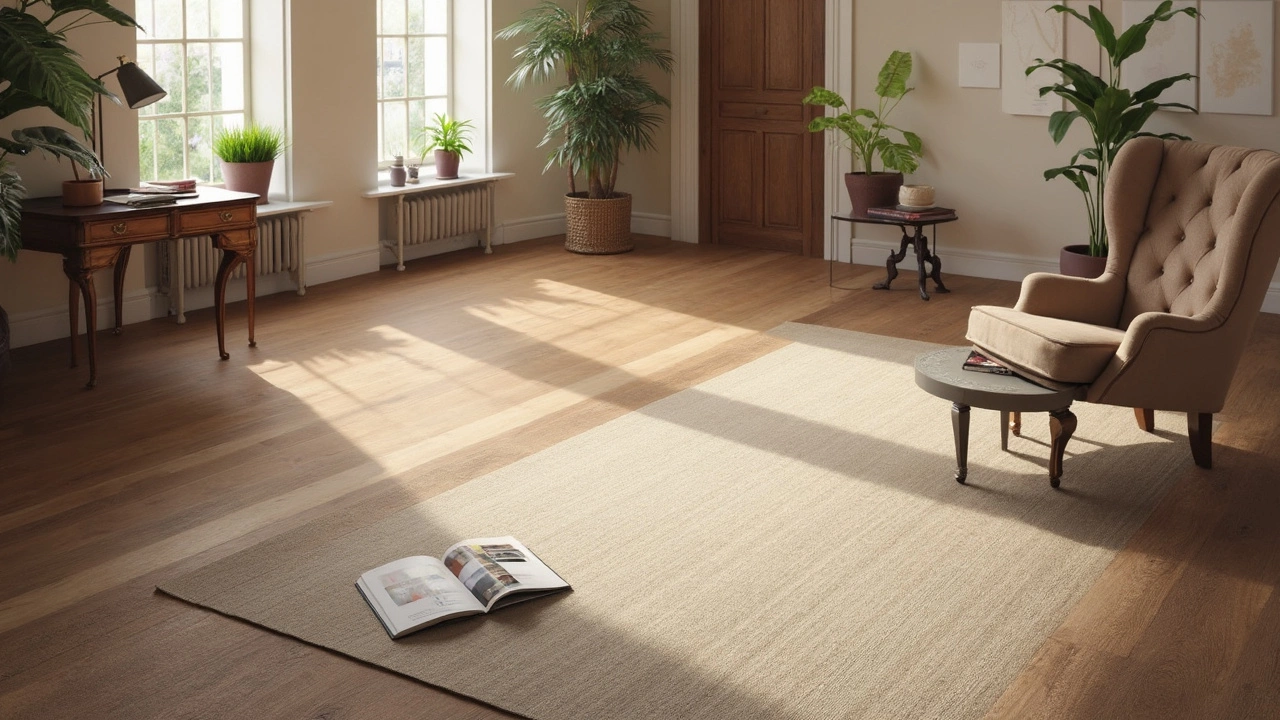Flooring Options for Conservatories and Garden Rooms
If you’ve just added a sun‑filled conservatory or garden room, the first thing on your mind is probably the floor. A good floor not only looks great, it handles moisture, temperature changes and foot traffic without turning into a slip‑n‑slide. Below you’ll find the most common UK flooring choices, what they’re good for and how to pick the right one for your space.
Choosing the Right Material for Your Space
Tiles – Ceramic or porcelain tiles are a classic choice. They resist water, are easy to clean and come in endless patterns. The downside? They can be cold underfoot, so pair them with underfloor heating or wool rugs if you plan to sit for long periods.
Engineered wood – Looks like solid timber but handles humidity better. It’s a warm, inviting option for rooms that get a lot of sunshine. Make sure the product is rated for moisture‑prone areas and install a moisture barrier beneath the boards.
Laminate – Budget‑friendly and quick to install. Modern laminates mimic hardwood or stone and are fairly resistant to spills. However, they don’t fare well in wet conditions, so avoid them if your conservatory often gets rain in.
Vinyl and luxury vinyl tiles (LVT) – Waterproof, soft underfoot and available in wood‑grain or stone‑look finishes. Vinyl is a solid pick for DIYers because you can click the planks together without specialized tools.
Natural stone – Marble, slate or granite give a high‑end feel and stand up to temperature swings. They’re heavy and need professional installation, plus you’ll want a good sealant to prevent staining.
Outdoor decking – Treated timber or composite decking brings a relaxed, patio vibe indoors. It’s breathable and tolerates some dampness, but it can warp if the room isn’t well ventilated.
Heated flooring systems – Electric or water‑based underfloor heating can be added under most solid‑surface floors. It solves the cold‑tile problem and adds a touch of luxury that boosts your property’s resale value.
Budget‑Friendly Tips and Installation Basics
Start by measuring your floor accurately and ordering a 5‑10% excess to cover cuts and mistakes. Most DIY‑friendly options like vinyl, laminate and click‑lock engineered wood can be laid in a day with a basic toolbox.
If you’re on a strict budget, consider a hybrid approach: tile a small central area for durability and surround it with cheaper vinyl or carpet squares. This mix looks intentional and saves money where traffic is light.
Don’t forget a proper subfloor. A level, dry, and clean base prevents future squeaks and uneven wear. Use a moisture‑resistant membrane under tiles or stone to keep dampness at bay.
When choosing colours, think about the light your conservatory gets. Light shades make the room feel bigger, while darker tones hide scratches. Contrast floorboards with bright curtains or plants for a balanced look.
Finally, keep maintenance in mind. Tiles need regular grout cleaning, wood may need occasional re‑oiling, and vinyl benefits from gentle mopping. Pick a floor you’re comfortable caring for – a beautiful floor that’s a chore will quickly lose its appeal.
With the right choice, your conservatory becomes a comfortable extension of your home, ready for everything from lazy breakfasts to summer gatherings. Use these pointers to find a floor that suits your style, budget and the UK climate, and you’ll enjoy a space that looks great for years to come.

